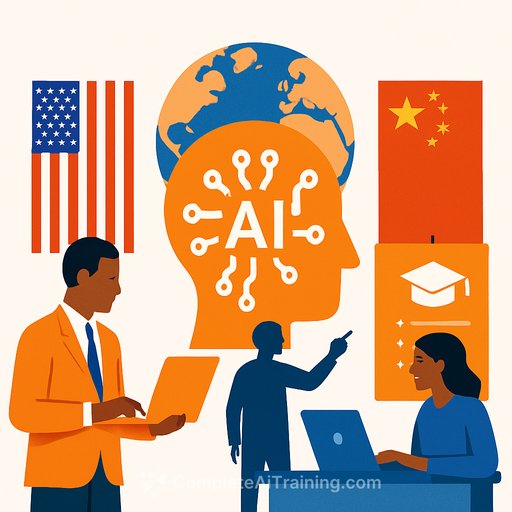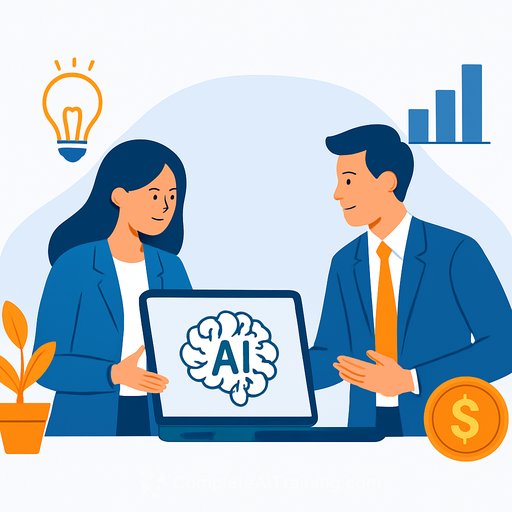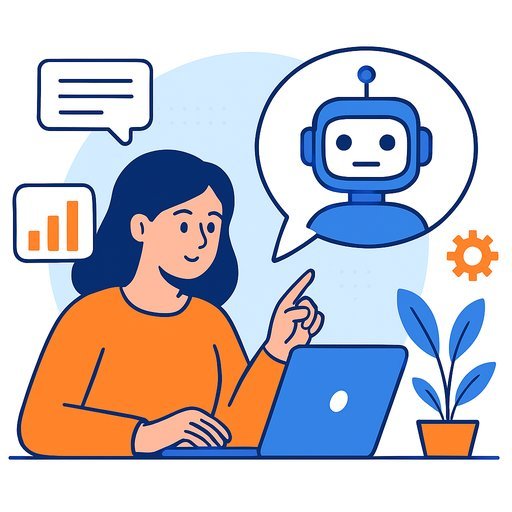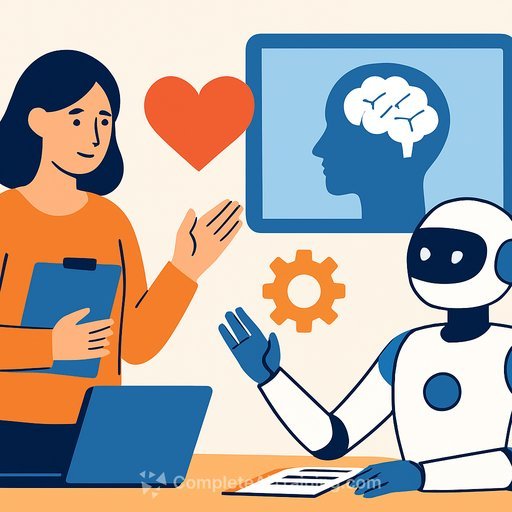Global Push for AI Education Leads World’s Most Powerful Economies on Divergent Paths
Governments everywhere are racing to equip their citizens with AI skills, but their strategies differ significantly. Understanding these varied approaches can offer valuable insights for educators shaping AI literacy programs today.
Introduction
Artificial intelligence is no longer just a futuristic idea. As AI becomes a part of everyday life, AI literacy—the ability to understand and work with AI—is crucial. Countries around the globe are competing to bring AI education to their populations, but each is taking a different route.
Japan's AI Education Efforts
Japan faces a unique challenge: nearly a third of its population is 65 or older, compared to 15 percent in China. This aging demographic pressures Japan to rely on AI to maintain productivity as its workforce shrinks.
Yet, Japan’s private AI investment in 2024 was only about US$0.93 billion, far below that of the US (US$109.08 billion), China (US$9.29 billion), and even smaller regional players like South Korea and India. To address this, Japan passed the Act on the Promotion of Research and Development and the Utilisation of AI-Related Technologies, recognizing AI as fundamental to economic and social development.
AI literacy will be a key challenge, especially given Japan’s older workforce. In contrast, Southeast Asian countries with younger populations (50 to 60 percent under 30) have an advantage in digital and AI skills, making it easier to integrate new technologies.
The United States' Approach
The US and China dominate global AI investment, but their education strategies diverge. The US focuses on embedding AI learning into K-12 education, emphasizing technical skills, ethics, and critical thinking. The federal government’s “AI Education Pledge” has enlisted over 60 companies—including Amazon, Google, Microsoft, Nvidia, and OpenAI—to provide AI educational resources for the next four years.
However, the US education system’s decentralized nature means states have significant control, leading to discrepancies in AI education quality and access between regions and between public and private schools.
China's Centralized Strategy
China has chosen a centralized and fast-paced approach. Starting this autumn, all students from junior school upwards will receive at least eight hours of AI instruction annually. AI will be integrated into teaching materials and the national curriculum, aiming to make AI fluency a core part of citizenship.
China prioritizes specialized “narrow” AI technologies such as computer vision, closely tied to its surveillance systems. This focus may provide strategic advantages despite lagging behind some ambitions for artificial general intelligence.
Yet, reliance on provincial and local education departments to implement national policies creates risks of inefficiencies, uneven educational quality, and potential corruption.
The European Union's Cautious Approach
The European Union is taking a more measured path. The AI Act requires AI providers and deployers to ensure their staff possess sufficient AI literacy but does not mandate measuring employees’ AI knowledge.
European Commission President Ursula von der Leyen stressed Europe’s ambition to be a leading AI continent, noting that global leadership is still open and AI adoption in key economic sectors is just beginning.
What Educators Can Take Away
- AI literacy is essential for everyone, not just specialists. It affects daily life through social media algorithms and AI-generated content.
- Age demographics impact how rapidly a country can scale AI education. Younger populations generally have a digital literacy advantage.
- Centralized policies can accelerate AI education but risk uneven implementation at local levels.
- Decentralized systems may foster innovation but can create disparities in access and quality.
Educators should consider these global trends when designing AI curricula and training programs. For those looking to build or expand AI education offerings, resources like Complete AI Training’s course catalog provide up-to-date materials tailored for various skill levels and job roles.
Your membership also unlocks:





